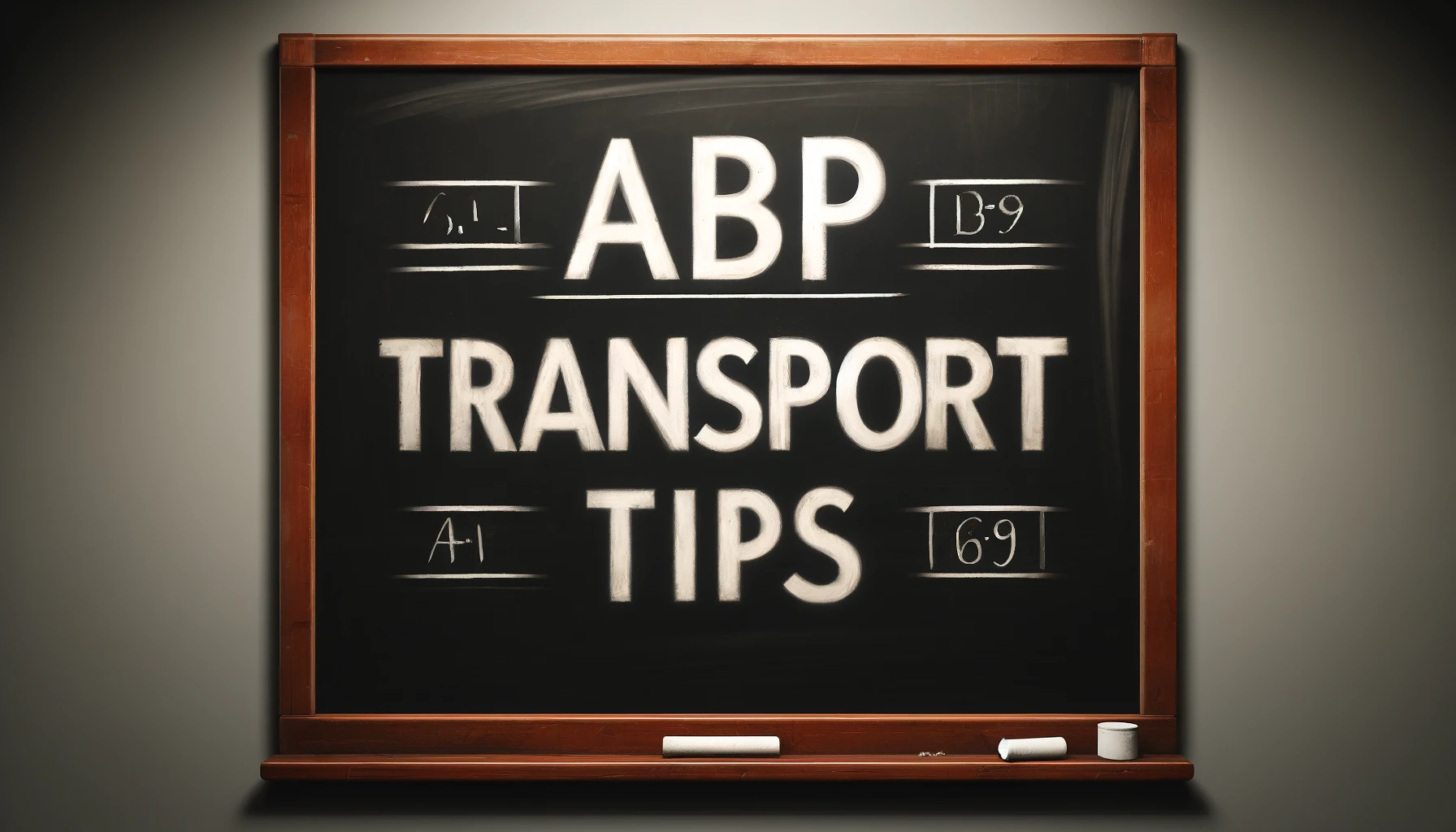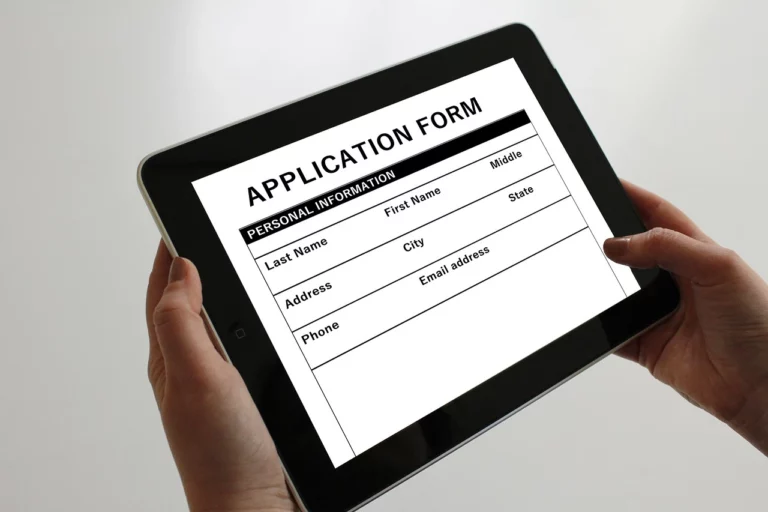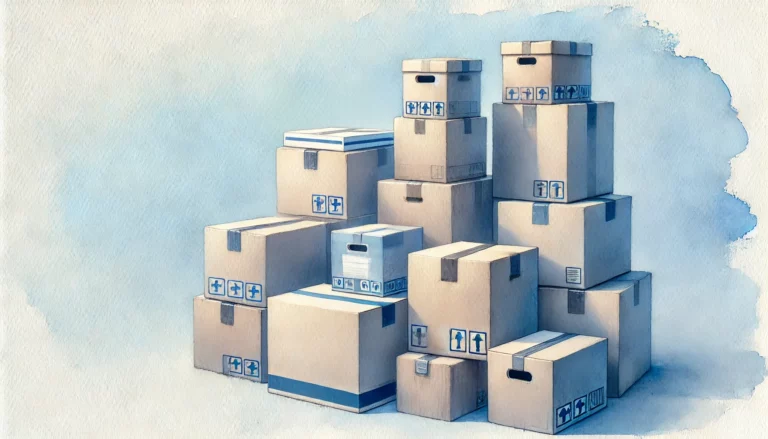How to prepare for transport of animal by-products – tips for carriers
You’re on the hunt for a new gig and stumble upon something intriguing — a job moving animal by-products to a processing facility. Sounds straightforward, right? Well, it’s a bit more complex than it seems! But don’t worry, we’ve got you covered. Keep reading to discover essential tips on how to manage this unique transport challenge and what you should watch out for.
Do you want to know more about ABP transport? Contact us:
office@wastetransportsolutions.eu
Understanding animal by-products (ABP)
So, what exactly are animal by-products? Simply put, these are parts of animals not intended for human consumption. Think things like surplus parts from slaughterhouses or products deemed unfit for the dinner table.
Definition and Categories of ABPs
First off, ABPs are divided into three main categories based on the risks they pose and the way they need to be treated:
- Category 1: This is the high-alert stuff. We’re talking about material that could be seriously risky because of potential diseases or contamination (think BSE—mad cow disease scary). This category includes things like specified risk material (SRM), carcasses of animals not approved for human consumption due to diseases, and so on.
- Category 2: These are not as risky as Category 1 but still need you to keep your guard up. This includes by-products from animals that might have been exposed to pathogens or contaminants that are a no-go for human consumption but don’t fall into the nightmare category of Category 1.
- Category 3: This category is the ‘safest’ of the bunch. It includes by-products that come from animals approved for human consumption but aren’t intended to be eaten by humans—think restaurant grease or parts used in pet food.
Handling ABPs during transport
Now, handling these categories during transport requires a bit of know-how:
- Category 1: Double down on security for these. You’ll need leak-proof and sealed containers that are clearly labeled with the risk. Absolutely no cross-contamination allowed, so these materials often need their own dedicated transport, or at the very least, a thoroughly sanitized vehicle separate from other goods. And hey, think about disinfection protocols like they’re your best friend.
- Category 2: Similar vibes to Category 1, but you can relax a tiny bit. Still, use sealed containers, avoid leaks, and maintain good hygiene to prevent any environmental contamination. Label everything clearly so that there’s no mix-up at the processing facility.
- Category 3: Even though it’s the least risky, don’t slack off. Keep these in clean, well-maintained containers, and although the rules are less strict, keeping things tidy and orderly will save you headaches later.
For all categories, keeping the paperwork straight is crucial. Document where the ABPs came from, where they’re going, and how they were handled during transit. Trust me, you don’t want to be caught off guard if someone asks for records!
Importance of ABPs in various industries
Let’s chat about why these animal by-products (ABPs) are more important than you might think, and where they pop up in various industries. It’s pretty fascinating how these not-for-human-consumption bits can actually play a crucial role across different sectors. Here’s the lowdown without getting too jargony:
Feeding pets
One of the biggest users of Category 3 ABPs is the pet food industry. That’s right, parts of animals that aren’t used in human foods often end up in Fido and Fluffy’s dinner bowl. It’s a smart way to use up the whole animal and keep things sustainable, while also providing our pets with protein-rich meals.
Agriculture and livestock
ABPs are also big in the feed for farm animals. Category 3 by-products, like processed animal proteins, can be turned into feed for livestock, providing a nutritious and economically sensible option for farmers. It helps in maintaining the cycle of nutrients within agricultural systems, which is pretty cool for keeping things green and growing.
Luxury Items? Yes, please!
Now, here’s something that might surprise you: some ABPs go into making products that are a bit more luxurious. Think about items like leather, gelatin, and even certain pharmaceuticals. For example, gelatin, which is used in everything from your favorite jelly sweets to capsules for your vitamins, often comes from the collagen in animal bones and skins.
Green energy from the unlikely sources
Let’s talk energy—bioenergy, to be specific. Some ABPs, particularly those fats and greases that can’t be used for much else, are perfect for converting into biofuels. This not only helps reduce waste but also contributes to the production of renewable energy. It’s like turning yesterday’s waste into tomorrow’s power!
Cosmetics and beyond
And here’s a bit of glam for you—some ABPs find their way into the cosmetics industry. Ingredients derived from animal fats are used in products like lotions, soaps, and other personal care items. It’s all about using the unique properties of these by-products to bring a bit of luxury and effectiveness to our beauty routines.
Regulatory framework for ABP transport
When it comes to transporting animal by-products (ABPs) around Europe, there’s a whole playbook of regulations that companies need to stick to. Here’s what’s up with all that:
EU regulations
So, the European Union doesn’t mess around when it comes to food safety and environmental health, and that extends to how ABPs are handled. The main stars of the show here are two specific EU regulations: EC No 1069/2009 and EU No 142/2011. These regs are like the guidebook for anyone in the ABP transport game. They cover all the dos and don’ts, ensuring everything is done in a way that keeps both people and the environment safe.
What’s this all about?
The big deal is all about preventing risks that can come from improper handling of ABPs—think major no-nos like spreading diseases or causing contamination. After some less-than-great experiences in the past (mad cow disease being one of them), these rules are pretty strict to make sure history doesn’t repeat itself.
What do these rules cover?
- Who can transport ABPs: Not just anyone can haul this stuff around. Companies need the right permits and approvals to get into this line of work.
- How to transport: Vehicles and containers used for transporting ABPs have to meet specific standards to prevent leaks and cross-contamination. This means using leak-proof containers and sometimes refrigeration to keep things from spoiling.
- Documentation galore: If there’s one thing more important than your cargo, it’s your paperwork. Transporters need to keep detailed records of everything—where the ABPs came from, where they’re going, and how they’ve been handled along the way.
Keeping track with documentation
Every step of the journey needs to be documented. This isn’t just busywork—it’s crucial for tracing back in case something goes wrong. Plus, it helps in making sure everyone’s following the rules from pickup to drop-off.
Inspections and checks
And yes, just like at the airport, there are inspections. Authorities can check on transporters at any point to make sure they’re complying with the rules. This helps keep everyone on their toes and ensures that the transport of ABPs is done safely and responsibly.
So, there you have it—transporting ABPs isn’t just about delivering them from one place to another. It’s about making sure that everything’s done by the book to protect health, prevent disease, and keep the environment from taking a hit. It might sound like a lot of hoops to jump through, but it’s all in a day’s work for those in the know. Plus, it’s pretty satisfying to know you’re keeping things safe and sound, right?
Preparing for ABP transport
Alright, let’s talk preparation. Before you hit the road, there are a few things you need to line up to ensure everything runs smoothly.
1) Vehicle requirements
First things first, your vehicle needs to be up to scratch. This means it should prevent any leaks, contain any smells, and keep the ABPs cool if needed. Basically, it should be tough enough to handle whatever you throw in it, without letting anything out!
2) Handling and containment protocols
It’s all about containment. You need to make sure your ABPs are packed securely and safely, minimizing any risk of spills or contamination.
3) Employee training and safety measures
This is not a one-person show. Ensuring that everyone on your team knows what they’re dealing with and how to handle it safely is crucial. Training should cover everything from the basics of ABP categories to emergency response tactics.
4) Logistics and operational planning
Delivering goods isn’t always straightforward, especially when you’re carrying sensitive cargo like ABPs. Planning is your best friend here.
- Route planning and management – choose your route wisely. The right path can save you time, reduce risks, and avoid any unnecessary complications.
- Time management and efficiency – time is of the essence, especially with perishable items. Efficient time management helps keep your ABPs in top condition and gets them where they need to be, when they need to be there.
5) Risk management and mitigation
Even with the best plans, things can go sideways. That’s why having a solid risk management strategy is essential.
- Dealing with spills and leaks – spills or leaks? They’re not just messy, they’re potentially hazardous. Knowing how to deal with them quickly and effectively is key.
- Emergency protocols – and when things really go south, you’ll need a plan. Emergency protocols help ensure that you and your team know exactly what to do in a worst-case scenario.
Technological advances in ABP transport
Keeping up with technology isn’t just about staying trendy; it’s about staying safe and efficient. Innovations in vehicle design and tracking systems are changing the game in ABP transport.
- Innovations in vehicle design – today’s vehicles are smarter, safer, and more specialized than ever before. They’re designed to tackle the specific challenges of transporting sensitive materials like ABPs.
- Tracking and monitoring technologies – with real-time tracking and monitoring, you’re always in the know. This tech keeps you updated on everything from vehicle location to internal conditions, so you can make informed decisions on the fly.
Future outlook and trends
The world of ABP transport is always evolving. Staying ahead of the curve means keeping an eye on the latest trends and regulatory changes.
- Upcoming regulatory changes – regulations are constantly updating, so keeping tabs on these changes is crucial for staying compliant and ahead of the competition.
- Evolving industry practices – as the industry grows and changes, so do the best practices. Keeping up with these trends will help you optimize your operations and stay competitive.
Conclusion
Navigating the complexities of transporting animal by-products isn’t exactly a walk in the park. But with the right knowledge, preparation, and a bit of savvy, it’s totally manageable. Armed with these tips and insights, you’re well on your way to becoming a pro in the ABP transport game. Keep these pointers in mind, and you’ll not only meet the strict standards set out by the EU but also run a smooth and efficient operation that could really go places! But if you still have doubts on how to go about it, drop us a line and let us help you.







